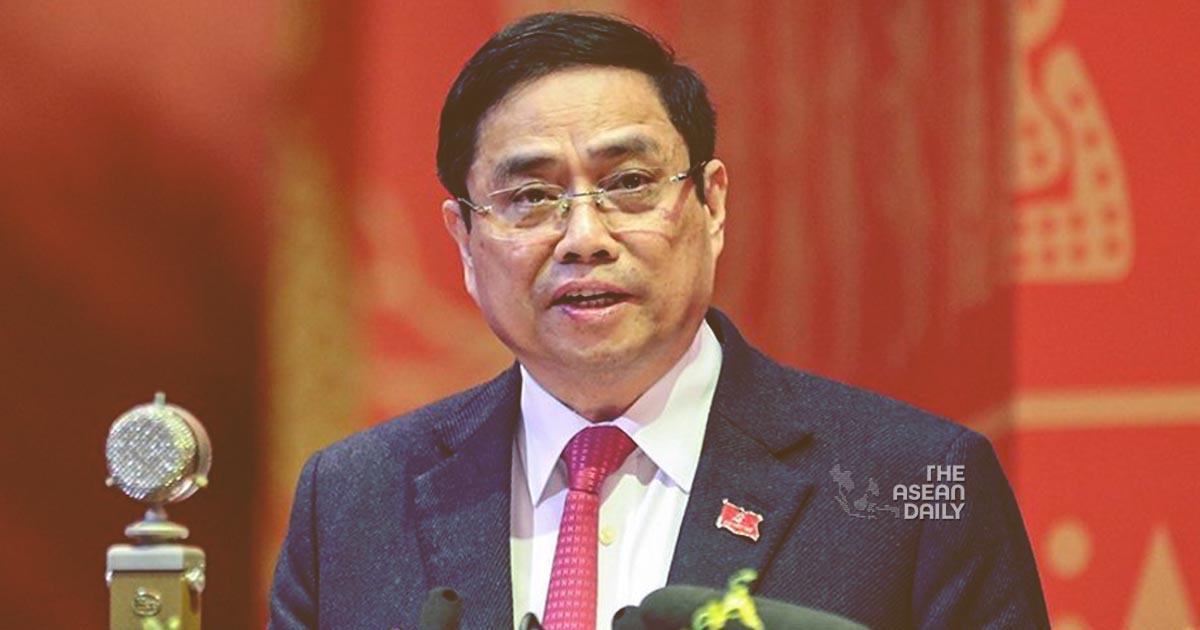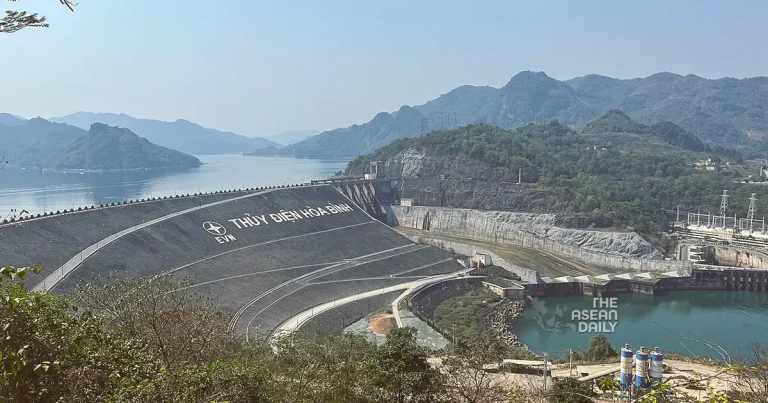25-5-2024 (HANOI) As Southeast Asia braces for an unprecedented heat wave this summer, concern is growing that Vietnam may face another power crisis, reminiscent of the rolling blackouts that plagued the country last year. This time, the root cause lies in the ambitious climate goals set by the government, which have inadvertently stalled crucial power infrastructure development.
With global temperatures soaring, Vietnam’s elongated geography, stretching over 3,000 kilometers along the Indochina Peninsula, exposes the country to varying degrees of heat. Hanoi, the capital, is expected to experience a much hotter summer this year, driving up power demand in the city and elsewhere.
The specter of last year’s power shortages, which caused blackouts in northern Vietnam and cost manufacturers an estimated $17 million in losses, according to a survey by the local Japan Chamber of Commerce and Industry, looms large. Companies reported widespread disruptions, with some experiencing power cuts for two out of every three days, and others receiving only 30 minutes’ notice before outages, causing damage to equipment and production processes.
Prime Minister Pham Minh Chinh has vowed to prevent a recurrence of the power crunch this year, ordering Vietnam Electricity (EVN), the country’s power monopoly, to ensure a stable supply. While last year’s shortages were triggered by a combination of factors, including El Niño’s impact on hydroelectric dams and equipment failures at coal-fired plants, a deep-rooted structural problem lies at the heart of the issue.

The problem manifested itself in repeated delays in drawing up the country’s Eighth National Power Development Master Plan (PDP8), a blueprint that sets guidelines for power infrastructure development from 2021 to 2030, including the country’s energy mix. The plan’s approval was delayed until May 2022, while the implementation phase, detailing specific power plant and transmission line projects, was further postponed until April this year, creating a nearly three-and-a-half-year gap following the previous energy plan’s expiration.
The delays can be traced back to the COP26 United Nations climate conference in Glasgow, Scotland, in November 2021, where Chinh unveiled Vietnam’s ambitious goal of achieving net-zero greenhouse gas emissions by 2050. According to a Japanese business source, Chinh made this commitment without adequate consultations with EVN or relevant ministries, leading to a scramble to revise the entire PDP8 plan to align with the new climate targets.
The revised plan called for a seven to nine-fold increase in generation capacity by 2050, phasing out coal-fired power, and relying on 70% of capacity from renewables like wind and solar. However, integrating this long-term vision with the existing 10-year plan proved challenging, causing six revisions and delaying the implementation phase by a year.
During this policy vacuum, infrastructure building stalled while electricity demand continued to rise by over 10% annually, setting the stage for last year’s power shortages.
Vietnam’s eagerness to embrace decarbonization appears to stem from three factors: attracting foreign direct investment by projecting a green image, leveraging decarbonization investments for economic recovery from the pandemic, and Chinh’s desire to showcase leadership on the global stage.
However, experts question the feasibility of Vietnam’s decarbonization path, citing challenges like the lack of suitable land and weather conditions for wind and solar power, as well as the country’s booming energy demands.
Despite the finalized power plan, concerns persist about returns on energy-related investments in Vietnam, given the incomplete legal framework, low electricity rates, and the withdrawal of Danish offshore wind power company Orsted citing a lack of transparency.
Adding to the challenges is the Communist Party’s infighting, with recent dismissals of senior officials over alleged corruption in the power sector. As the party’s anti-corruption drive intensifies ahead of the 2026 congress, decision-making processes involved in project approvals and licensing are expected to stagnate.
Critics argue that Vietnam’s path to decarbonization outlined in PDP8 is unrealistic, given the country’s unique geographical and economic circumstances. As emerging economies like Vietnam navigate the complex balancing act of sustaining growth, securing energy supplies, and achieving decarbonization with limited resources, the challenges are amplified by their ambitious climate commitments – commitments that may have been made without fully considering the practical implications.




